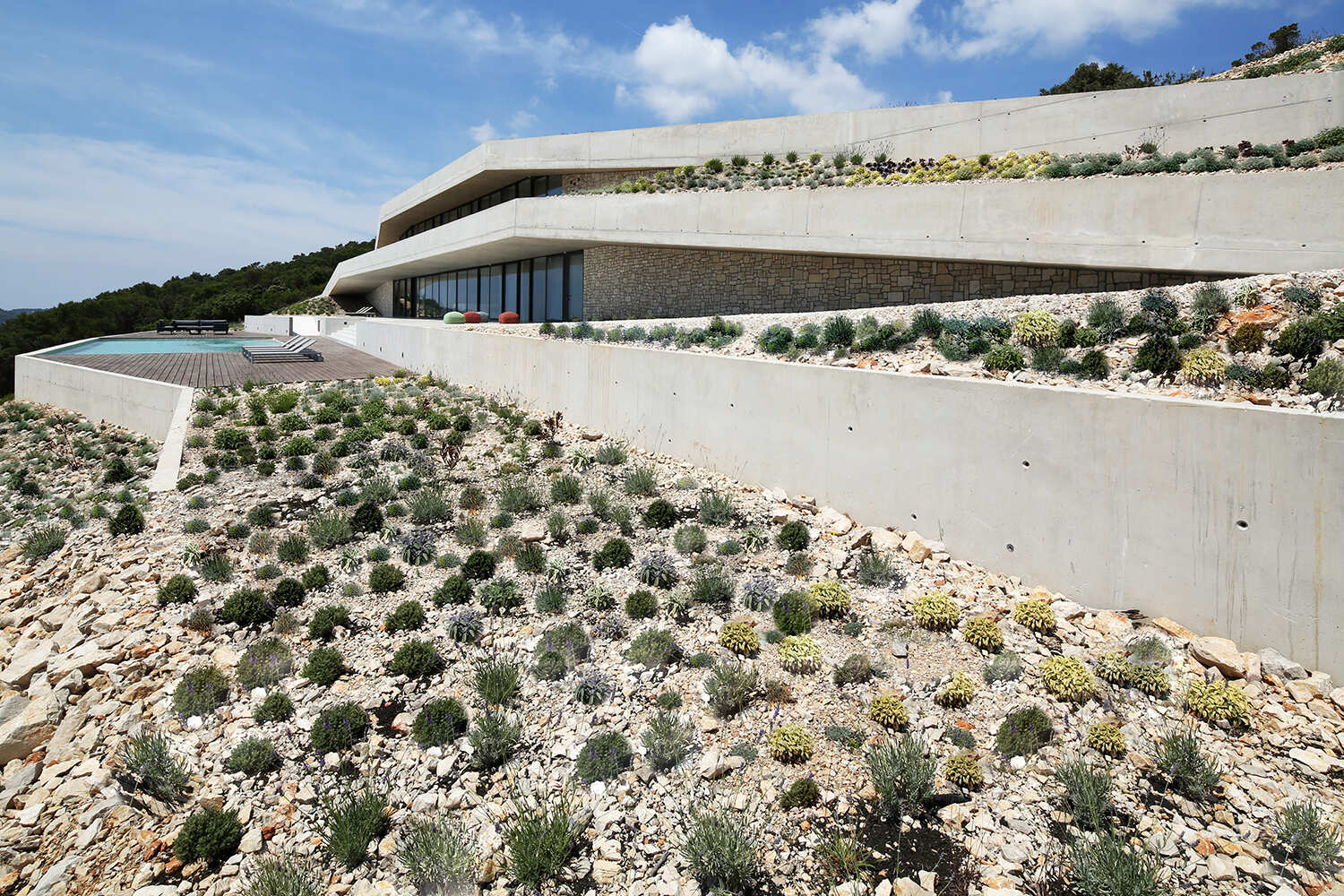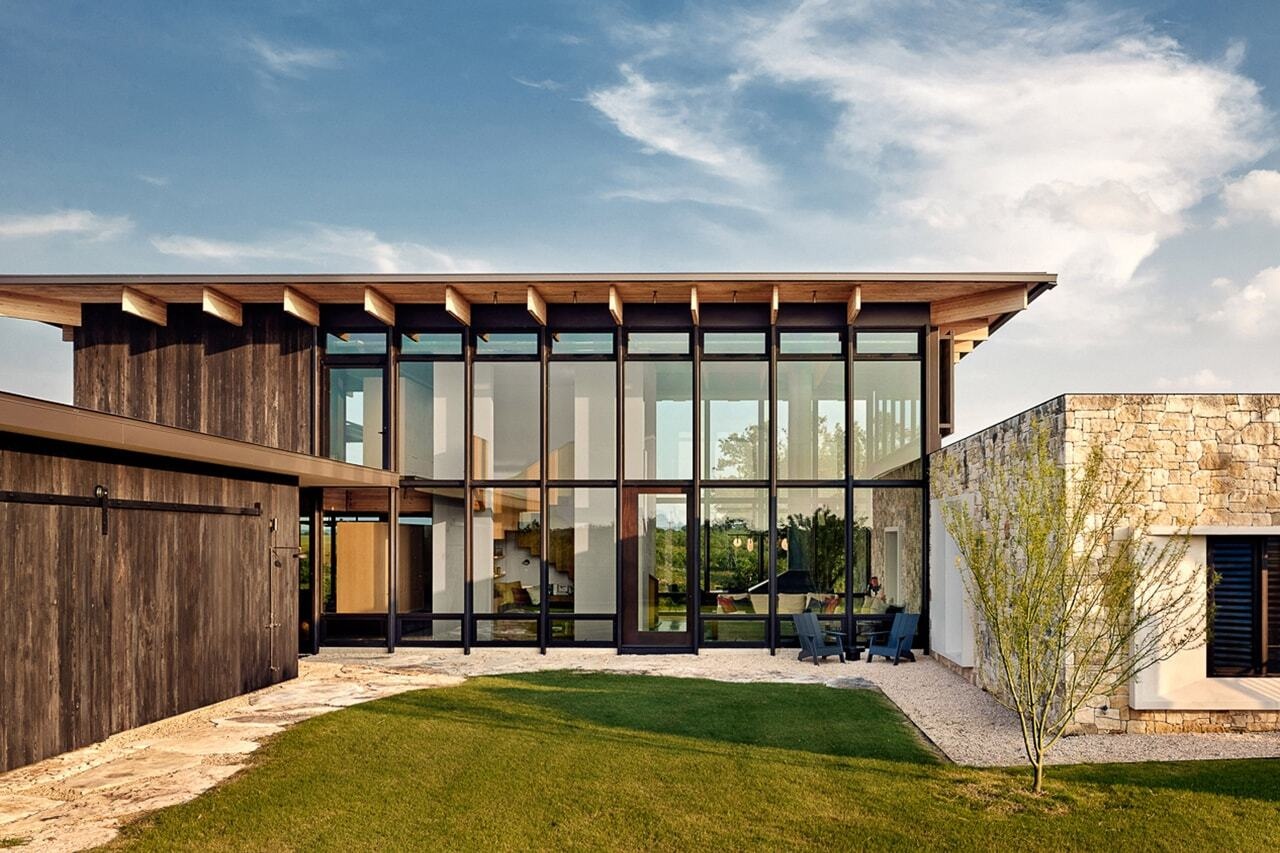Reclaimed materials shape Copenhagen Architecture Biennial pavilion by Slaatto Morsbøl


Reclaimed bricks, timber and ventilation pipes determined the form of the Inside Out, Downside Up pavilion, hand-built by architecture studio Slaatto Morsbøl for the inaugural Copenhagen Architecture Biennial.
Opened today at Søren Kierkegaards Plads, the pavilion was designed by Slaatto Morsbøl as a demonstration of the value of salvaging, processing and repurposing discarded materials and slowing down in construction.

Inside Out, Downside Up is one of two pavilions selected by Copenhagen Architecture Biennial through its Slow Pavilions open call, which invited structures designed in response to its theme Slow Down.
Slaatto Morsbøl's goal was to invite passersby to discover the potential of discarded materials that are typically deemed low-value in bringing tactility to architecture.

All of the materials used in the pavilion's construction were hand-cut and processed by the studio in a deliberately slow process that challenges the modern world's fast-paced construction industry.
"We would love people to come up to the walls and see the qualities in something that is used, that has past lives," Slaatto Morsbøl co-founder Thelma Slaatto told Dezeen during a tour of the pavilion.

"People say that it takes too much time and too much money to work with used materials, but maybe the problem is actually that it takes too little time and it's too cheap to produce the way we do today," Slaatto continued.
"Now we need to change this mentality, and we think that to change people's mentality, it's ok to start with the aesthetics, and it's okay to focus on making something beautiful and attractive to people. And if people think it's nice, then maybe they will start allowing for more."

The defining feature of the pavilion is its grooved brick facades, which are formed from old perforated bricks that the studio cleaned, cut in half and slotted into reclaimed timber frames by hand.
This idea evolved from its founders' gap years working as brick cleaners, where they discovered the potential of perforated bricks discarded as waste and deemed low-value because they are difficult to clean.
"We saw the potential from all of the bricks, and really loved that all the differences, the different colours and different sizes," said co-founder Cecilie Morsbøl.
"The holes in the brick are what make a perforated brick a perforated brick, but it's also what makes it have lower value," added Slaatto. "So we wanted to turn this thing into something that is highlighted, so that the thing that makes the brick unique is really showcased, and it's not hidden."
Inside Out, Downside Up is accessed by a narrow ramp framed by the walls, which winds up into an open room with a bench and a large opening framing the harbour.
Its cube-shaped form evolved from the bricks themselves, which have been arranged into modular wall and floor panels that will allow the building to be easily dismantled and reused after the biennial.
"The size of the pavilion started with the size of the brick," explained Slaatto.
"So we wanted to see how we could showcase the brick without mortar, and so we needed to have this specific size to hold them in place. And then it was the fact that it was an element that you should move so it shouldn't be bigger, because then it would be too heavy."

The roof of the structure is topped with old ventilation pipes that have been cut in half and positioned with their curved edges facing upwards, emulating temple roofs common in Japan.
Beneath, the ceiling of the pavilion is lined with dense thatching reeds that hang downwards and sway with the wine. The flowers of the reeds are left exposed, offering a playful interpretation of thatch roofs in traditional Danish architecture.

Copenhagen Architecture Biennial opens today across the Danish Capital. The Inside Out, Downside Up will remain on view until close on 19 October 2025.
The inaugural event is being run by the Copenhagen Architecture Foundation (CAFx) and directed by Josephine Michau. In an interview with Dezeen, Michau said the goal is for the Biennial to offer practical solutions to the global challenges that are being exacerbated by the built environment.
"It's time for activism," she said. "I see ourselves as maybe more 'soft activists', but we really want to push for change."
The photography is courtesy of Copenhagen Architecture Biennial, of which Dezeen is a media partner.
Copenhagen Architecture Biennial runs from 18 to 19 October 2025. See Dezeen Events Guide for an up-to-date list of architecture and design events taking place around the world.
The post Reclaimed materials shape Copenhagen Architecture Biennial pavilion by Slaatto Morsbøl appeared first on Dezeen.




















































